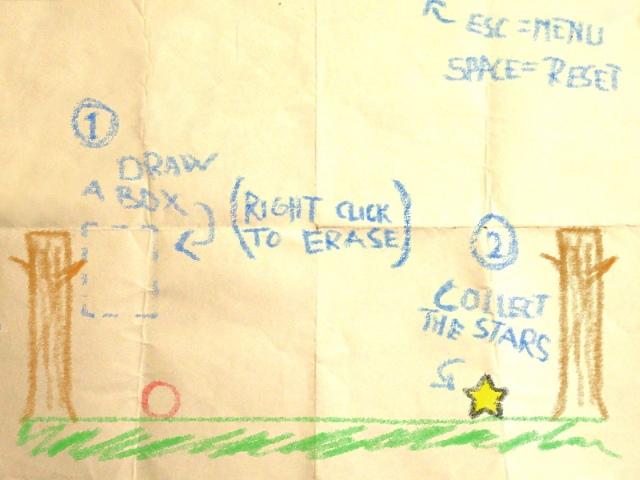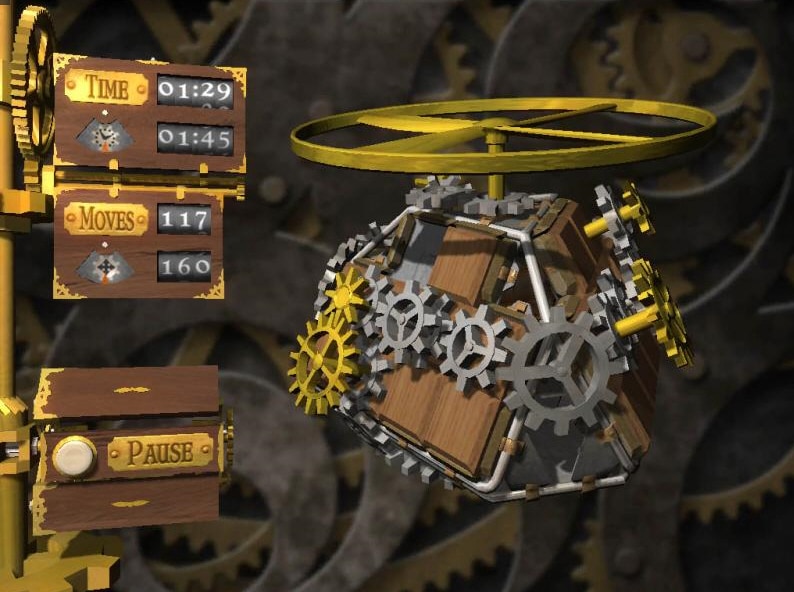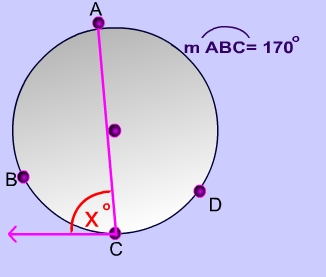 |
| Video games that support charity |
For those of you who don't know, the Humble Bundle releases are exactly what they seem like - a number of great games with a 'pay-what-you-want' basis, all in the name of charity.
You heard me. Support charity through the purchase of this game!
Here's how the buying works: Purchase the Humble Bundle 3.0 at a price of anything(ranging from $0.01 to as much as you like). Then, you choose how your payment will be divided, between the game developers and the charity organisations.
Of course, head over to the main site for more information(link above).
Now let's talk specifics. What does this release have in store for us? Before that, we would like to answer the question that is lingering in your mind right now: What is a game review doing in a Physics + Life blog?
- All of the games featured are Physics-based. (or puzzle-based)
- To satisfy the readers' desire to fiddle around with physics-based games.
Moving on to the actual bundle:
All of the games are not graphic-intensive, so there's no need to buy insurance for your computer. Besides, all of them are aesthetically pleasing, and your eyes will be saved. Also, all of them have remarkable soundtracks, which will not kill your ears. They also contain hours of limitless fun in each of them.
TL;DR: Great value for money, and you can pay how much you like.
Our first game would be Crayon Physics Deluxe.
Exactly what it says on the box, Crayon Physics Deluxe is a combination of two of the greatest discoveries of man - crayon and physics.
This is a near-flawless example of 2D-based physics problem solving. Levels consist of moving a ball to a star to progress, using any means necessary to do so. One accomplishes this feat by drawing a series of lines, circles and boxes (all of which are affected by gravity) to move the ball.
 |
| Do not be fooled by the screencaps. |
My only gripe is that the resolution could have been a little higher. That aside, it's a very good game, and very fun to play.
Game 2: Cogs
 |
| Limitless Fun. |
Cogs is an award-winning puzzle game for the PC, iPhone, iPad, Mac and netbook. Immersed in a steampunk world with stunning visual design, Cogs players build an incredible variety of machines from sliding tiles. With 50 unique levels and three gameplay modes, we've packed in hours of entertaining, addictive fun.
I couldn't have said it better. This game is hard to describe, but rest assured, it is very fun and is definitely worth your money.
Cogs is a puzzle game similar to the mini-games of Bioshock, if you've played that. (Bioshock would require a powerful graphics card) There's different objectives each time, excellent brain exercises.
Game 3: VVVVVV
If you're just looking for casual, relaxing games, you might want to take a step away from this one. Not because it looks old (actually, they did a pretty good job in making the game retro, and it has awesome music too), but this game is HARD.
As the captain of an interdimensional craft, you crash your ship, lose your crew, and then get lost yourself. To put it right again, you must explore the collapsing VVVVVV dimension, where you move by upending gravity.
VVVVVV is a 2D platformer where you can’t jump. Instead you flip gravity on its head and fall upwards (by pressing ‘V’ – or space, or Z), then flip it back. The joy comes from plotting your path across ceilings and floors, around spikes, perhaps over moving platforms, to the next screen. VVVVVV is both reminiscent of long-gone Spectrum platformers, and completely its own game.
Checkpoints are everywhere, and an absolute necessity. The whole game is one long difficulty spike. We died 2,000 times in five hours. It requires absolute mastery of your three movement buttons – one pixel out and you’re dead, slipping off the edge of a platform and up into spikes. And then alive immediately afterwards, thanks to the checkpoints. It’s devilish. Inches from success after hours of failure. Even the small mercy of the frequent checkpoints is turned against you in one brilliant puzzle, where you need to be very careful about where you resurrect. One corridor is called ‘the warning’, and is full of them, mocking you.
It can be frustrating, but only because you’re not doing it right – this isn’t the silly end-boss brand of injustice, nor is it an obtuse lateral puzzle. It’s just a game that requires patience and absolute perfection. A typical puzzle will ask you to weave quickly and accurately through spike-choked shafts, flipping between multiple screens, to land on a vanishing platform for just long enough to flip gravity again, and re-thread the same path. All to cross a knee-high barrier you otherwise can’t jump over.
Which sounds maddening, and anyone watching will think you’re using some sort of self-torture device, but there’s a delicate joy hidden in VVVVVV. When you have to navigate four screens without dying, you can only start to practise the second when you’ve learned to zip flawlessly through the first. It’s like safe cracking – you run, you flip, you wait, you flip, you die, you try again. This time you get to the second platform, and when it raises you into the spiked roof, you notice that you can flip and land on the underside instead.
There are enemies of a sort: the word ‘LIES’ coming out of a megaphone, or spinning coins rotating in a corridor shaped like a dollar symbol. Touch those, touch pretty much anything, and you die. The point isn’t re-doing huge sections of the game when you fail. It’s about failing so often that it becomes a Zen experience. You either complete the level, or you find where developer Terry Cavanagh lives and deliver a horse’s head.
The fierce and relentlessly upbeat soundtrack is dripping with personality, a real labour of love. You could say the same about any aspect – the snippets of dialogue between excited or terrified crew members, the puzzle design, the strobing splendour of the world, and even the names of the rooms. It all makes VVVVVV truly special. It’s a beautifully made game with lots of challenge, atmosphere and polish.
You know that the game truly has to be worth your time because of the huge wall of text above.
I will review the other two games in my next post.
Recap: The games do not require amazing graphic cards, and are still very good games. Get them, and donate to charity!






